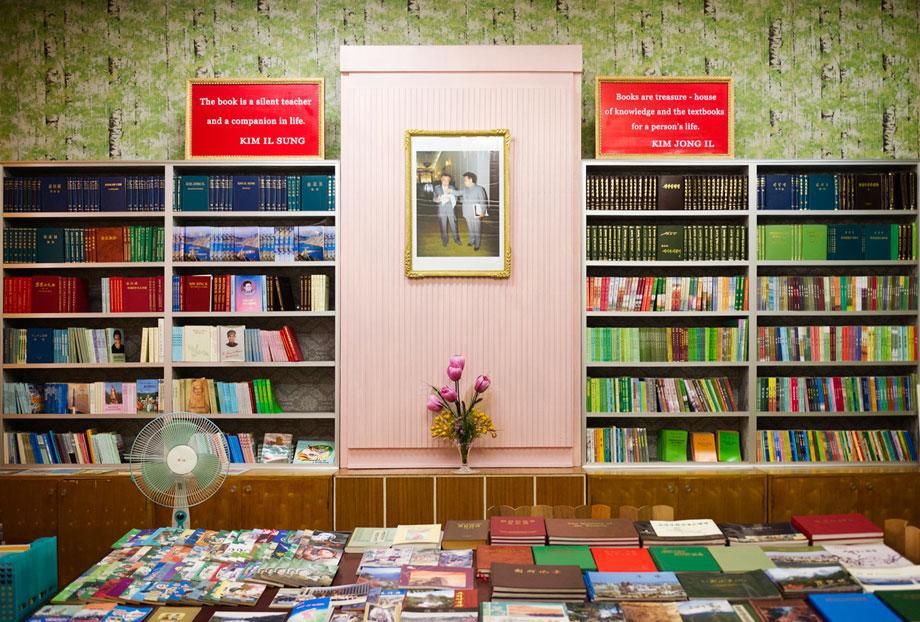As a permanent nuclear threat, and currently in the news for its leader’s heated rhetoric, North Korea is one of the most dangerous and secluded dictatorships in the world. Yet it is unexpectedly easy to travel there: Surprisingly, there are many readily available tourist packages. According to the country’s state-controlled news agency, tourism numbers have even jumped over the past four years, with an important rise in the number of European visitors.
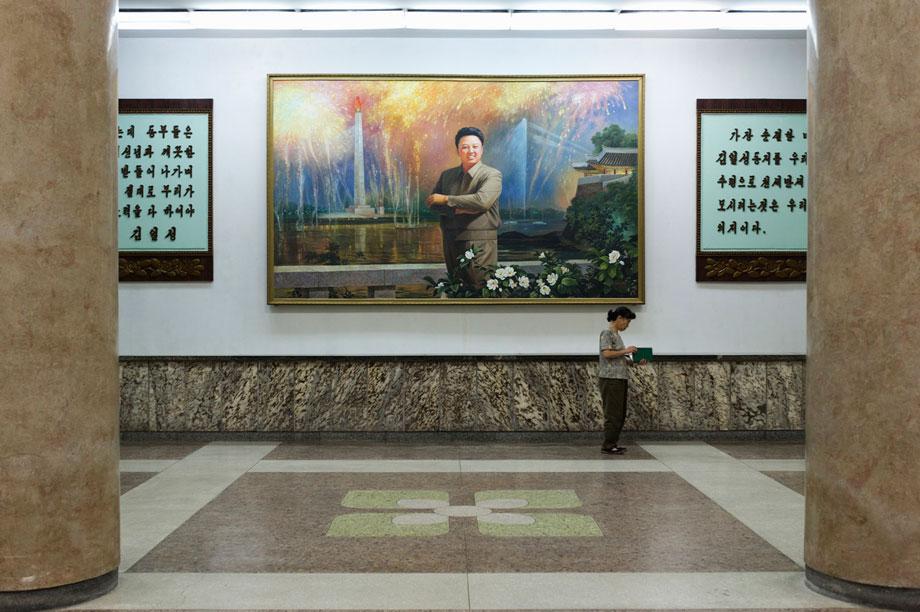
Christian Åslund
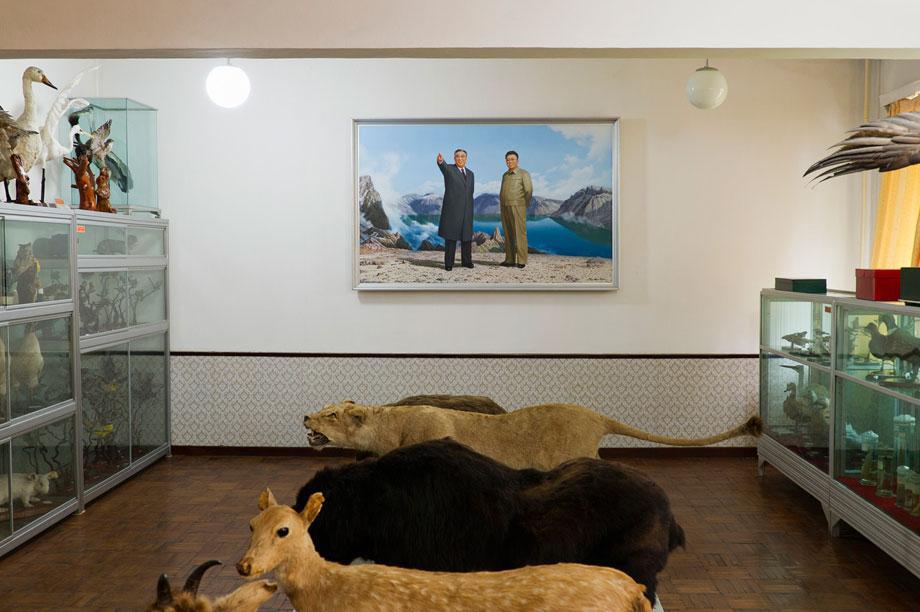
Christian Åslund
Swedish photographer Christian Åslund decided to go on one of those trips in the autumn of 2011, when the late Kim Jong-il was still in power. He describes the visit as a “surreal experience.” The tour was “guided” by guards who only left the group at night, once it was in the hotel, and made sure the visitors merely saw a set of pre-arranged destinations: “Temples, fancy hotels, the pristine nature, a supermarket, the national library, a hospital, a war museum, schools, a pizzeria, the subway in the capital, Pyongyang, some cooperative farms and private houses,” Åslund listed in an email. All means of communication were taken away from him at the airport, he added.
Åslund wanted to figure out how much he would be allowed to see—and to photograph. The answer? Not much except for the portraits of Kim il-Sung and Kim Jong-il, which were everywhere. “I knew about the paintings from the news, so as soon as I got the opportunity, I ran out of the bus and took [pictures of] them,” Åslund wrote. “I didn’t get into trouble for documenting those, since they are proud of their leaders.”
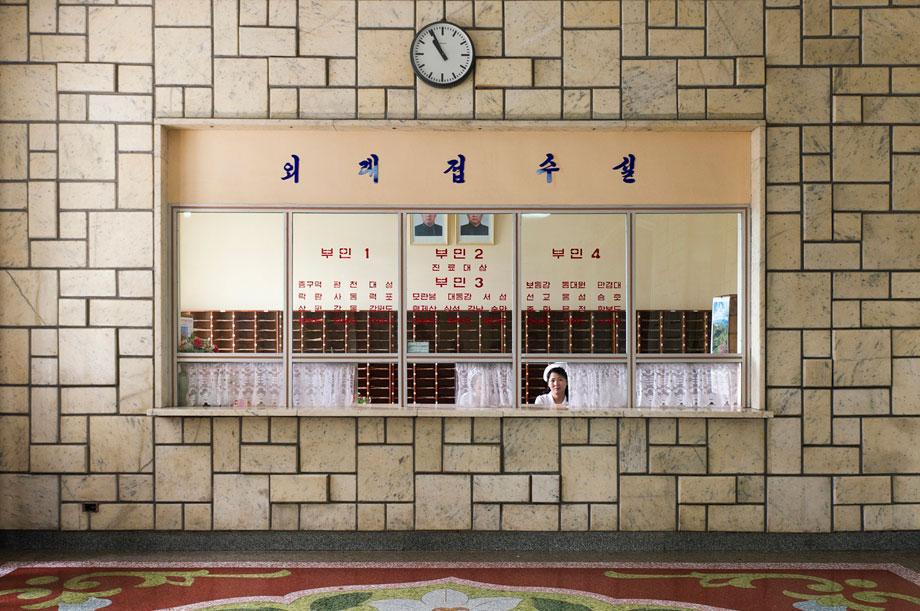
Christian Åslund
Photographing North Koreans was another other story, however. Åslund was once forced to erase some pictures of soldiers and could not take photos in between destinations, let alone talk to anyone who had not been specifically chosen by his tour guides. “They don’t want tourists to take images of soldiers, workers, poverty, working camps, or anything that is not a designated tourist attraction,” Åslund recalled.
As a result, very few North Koreans appear in “The Legacy of Kim,” aside from the country’s two former leaders in their frames. Yet the perfect symmetry of the images, the Stalinian architecture of the empty hallways and the omnipresent look of the Kims convey an oppressive, Big-Brotheresque feeling to the series. By capturing the image North Korea wants to show the world, Åslund implicitly presents what the dictatorship wants to hide: a country that has suppressed its people.
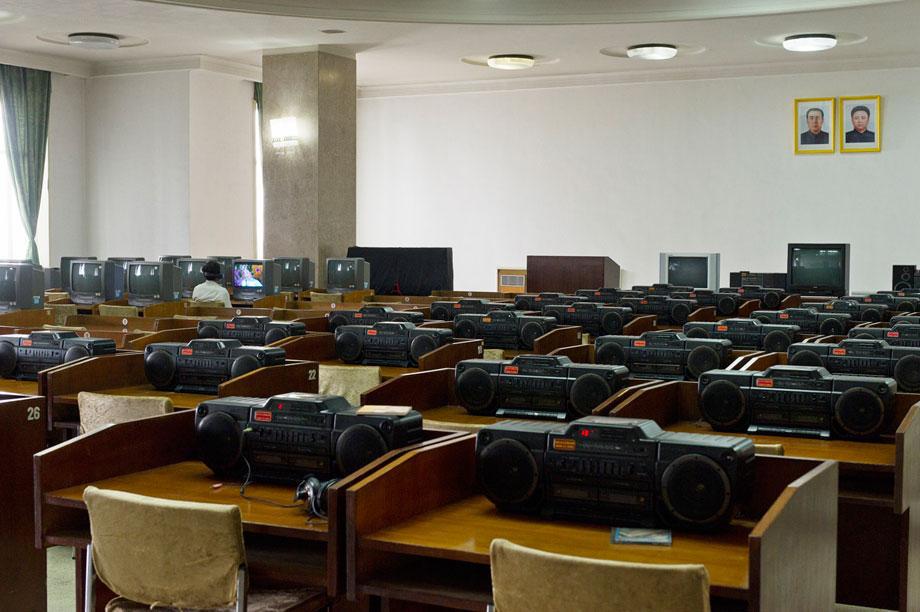
Christian Åslund
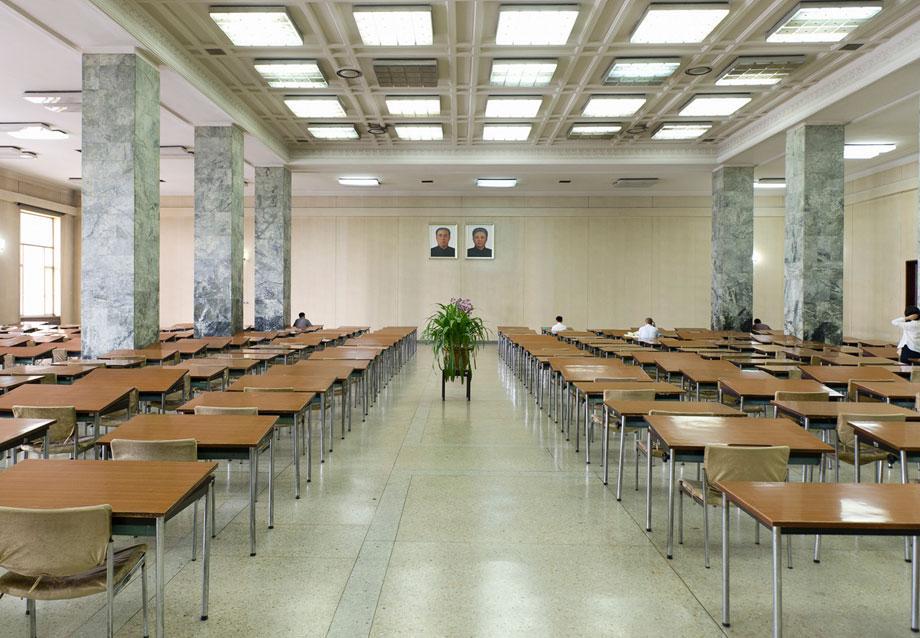
Christian Åslund
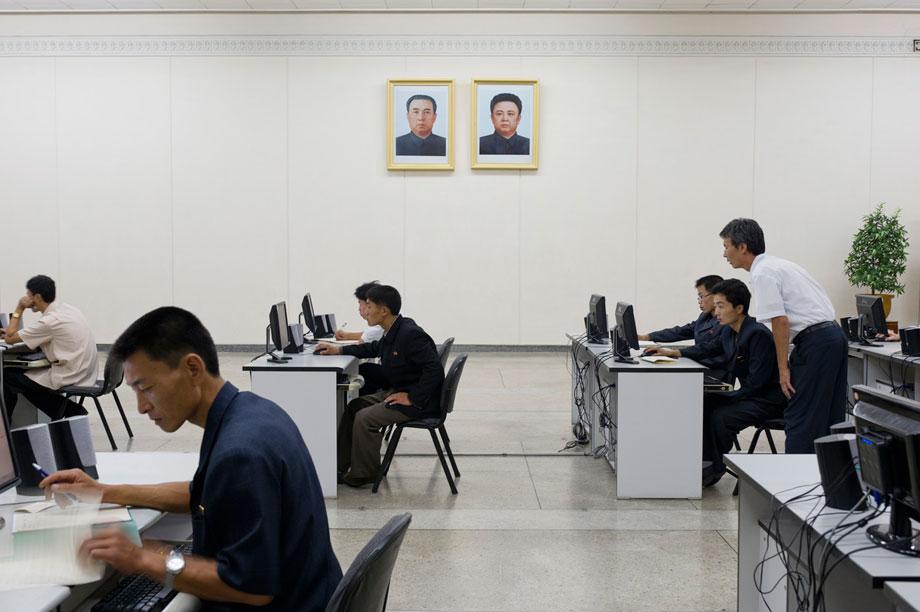
Christian Åslund
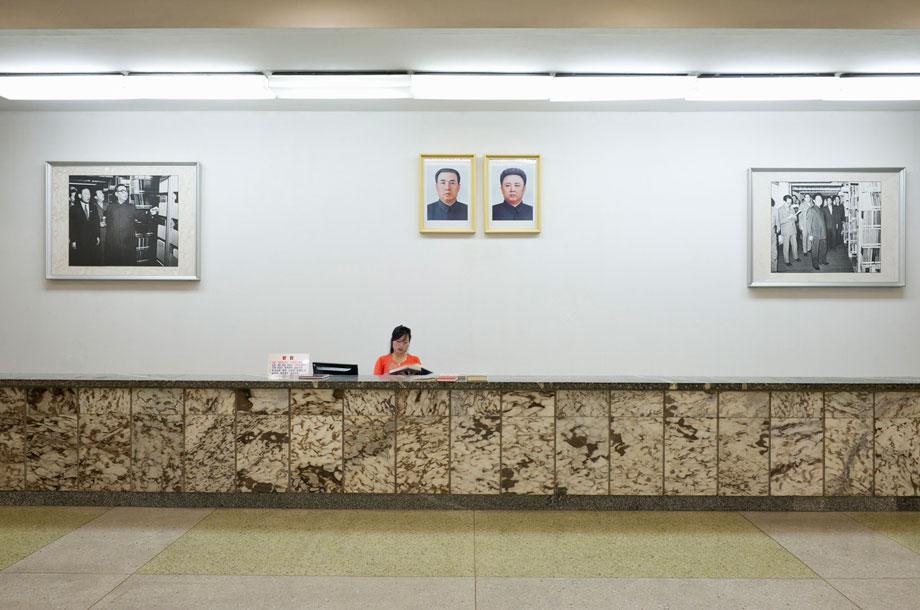
Christian Åslund

Christian Åslund
